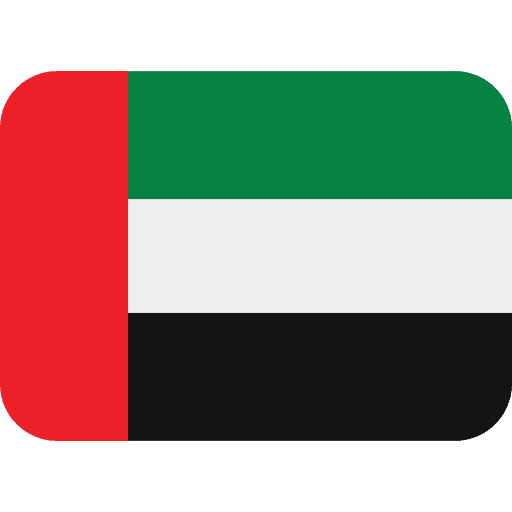Jan 2, 2024
Introduction
In the rapidly evolving landscape of technology, Augmented Reality (AR), Virtual Reality (VR), and Mixed Reality (MR) have emerged as transformative technologies with diverse applications. In this article, we will explore the differences between AR, VR, and MR, and delve into their exciting applications in the dynamic city-state of Singapore.
Understanding the Reality Spectrum:
Augmented Reality (AR):
AR overlays digital content onto the real world, enhancing the user's perception of their environment. It is typically experienced through devices such as smartphones, tablets, or AR glasses. In Singapore, AR is making waves in industries like retail, tourism, and education.
Applications in Singapore:
a. Retail: AR is being used to provide immersive shopping experiences, allowing customers to virtually try on clothing or visualize furniture in their homes.
b. Tourism: AR apps guide tourists through historical sites, offering information and interactive experiences, enhancing the overall visitor experience.
c. Education: Singaporean schools are integrating AR into lessons, making learning more engaging and interactive for students.
Virtual Reality (VR):
VR immerses users in a completely digital environment, cutting them off from the real world. Headsets like Oculus Rift or HTC Vive provide a fully immersive experience. Singapore is witnessing the integration of VR in entertainment, healthcare, and training.
Applications in Singapore:
a. Entertainment: VR arcades and gaming centers have become popular in Singapore, offering thrilling virtual experiences.
b. Healthcare: VR is used for therapy, rehabilitation, and medical training, providing innovative solutions for healthcare professionals in the country.
c. Training: Industries like aviation and manufacturing use VR for employee training, allowing them to simulate real-world scenarios.
Mixed Reality (MR):
MR combines elements of both AR and VR, merging the digital and physical worlds. Microsoft's HoloLens is a notable example. Singapore is embracing MR in sectors like architecture, engineering, and urban planning.
Applications in Singapore:
a. Architecture: MR is utilized for architectural visualization, enabling architects to visualize and interact with 3D models in real-world environments.
b. Engineering: MR aids in complex engineering tasks, allowing engineers to overlay digital information onto physical objects for enhanced problem-solving.
c. Urban Planning: Singapore leverages MR for urban planning, enabling city planners to visualize and analyze proposed developments in the actual urban landscape.
Conclusion

As Singapore embraces the digital era, the applications of AR, VR, and MR continue to expand across various industries. From revolutionizing education to transforming healthcare and enhancing urban planning, these immersive technologies are contributing to Singapore's status as a tech-savvy and forward-thinking nation. As these technologies advance, we can expect even more innovative applications that will shape the future of how we interact with the world around us.





